Coffee Barrel Fermentation Process Originating Place San Jose Manor Rum Barrel Fermentation Coffee Brewing

Professional coffee knowledge exchange more coffee bean information please follow the coffee workshop (Wechat official account cafe_style)
When you come to the Qianjie Cafe, you can find three alcoholic coffee beans. The most familiar alcoholic coffee beans are Shirley coffee beans fermented in whisky barrels and litchi orchid beans fermented in brandy barrels. Everyone naturally thinks that wine barrel fermented coffee beans originated from Moca Manor in Honduras. In fact, the first one to start barrel fermentation coffee beans is San Jose Manor in Colombia.

Front Street Coffee-Colombian rum barrel fermented coffee beans
Producing area: Caldas, Colombia
Manor: San Jose Manor
Altitude: 1750m
Variety: Castillo
Treatment method: rum barrel fermentation treatment
Caldas coffee producing area
Caldas
The Caldas producing area is considered to be the best coffee growing area in Colombia, with an altitude of 1300-1800m. The coffee beans in this producing area are harvested from September to December (main production season), April to May (secondary production season). The area is also home to the Colombian National Coffee Research Center (Cenicafe), which is recognized as the world's top coffee research institution, where several unique Colombian varieties are cultivated.

Caldas, Quindio and Risaralda are all part of Colombia's "coffee golden triangle", which together produce the vast majority of coffee in the country. Coffee from the Cadas region has distinct vanilla aromas, soft acidity and a full taste.
San Jose Manor
Finca San Jose Estate
The century-old San Jose Manor (Finca San Jose Estate), located near the Druys volcano in Nevada, is an ash-rich area with plenty of sunshine, with annual average temperatures between 21 ℃ and 25 ℃. The estate has a total of 18 hectares, of which 16.5 hectares are used to grow coffee.
Coffee beans + old barrels collide with a new taste of coffee?!
New Taste
The husband of Monsalve Botero, the hostess of San Jose, who specializes in making rum oak barrels and brewing rum, one day when she was filling the distillate to ferment, she wondered if there would be a more different flavor if the raw coffee beans were fermented in oak barrels.

Monsalve Botero envisioned putting his own coffee fruit in oak barrels. Would coffee beans absorb the flavor of rum oak barrels and make a coffee bean show a better effect, just like making rum? With these questions, Monsalve Botero began to experimentally put raw coffee beans into rum barrels of different ages for wine-making low-temperature fermentation, and the fermentation time was different, in order to test the best results!
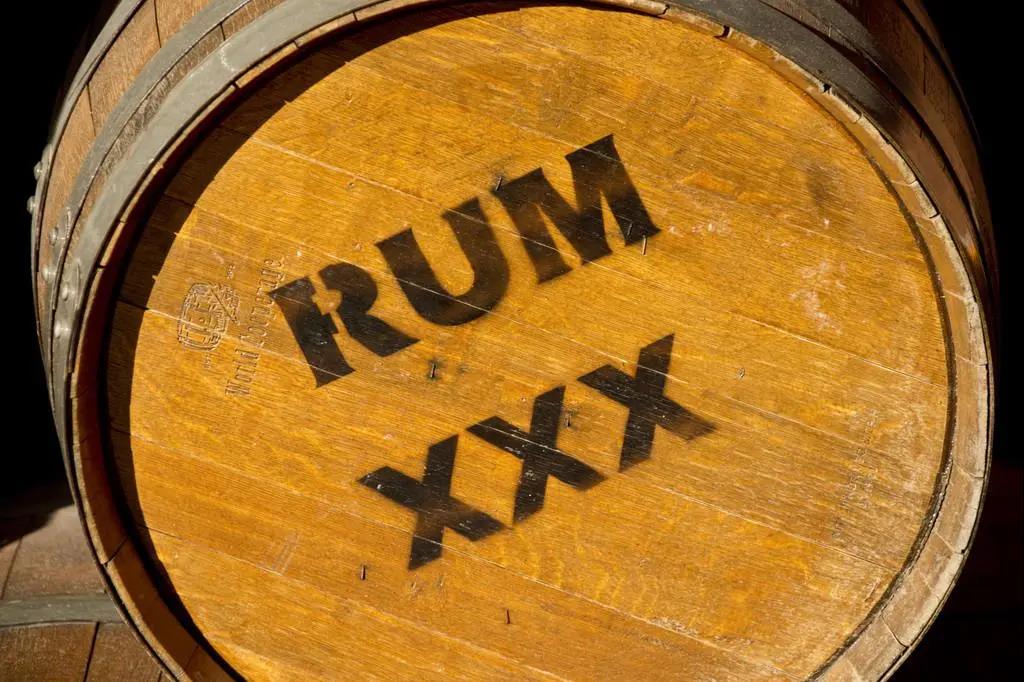
After years of experiments and attempts, a fermentation method which can produce excellent taste and aroma was finally found in 2017, which is different from the traditional rum barrel fermentation method. The manor owner continued to improve the processing process in 2019, such as changing the use of African scaffolding to drying coffee beans in a greenhouse, making the overall flavor of the coffee beans cleaner and brighter.
Delicate washing treatment + rum barrel fermentation
Washed & Rum
The owner of the San Jose estate selects the coffee beans of the Castillo variety (Castillo), selects the ripe coffee fruit by hand, and after washing, lets it ferment for 20 hours, then puts it into the oak barrel of rum for more than 8 years, and leaves the beans in the barrel for three months, rolling once a day to evenly absorb the wine.
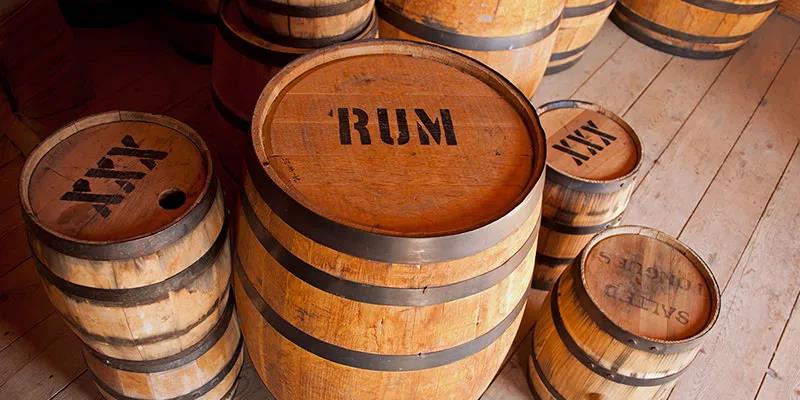
The coffee beans in the barrel are sampled every 30 days during the barrel fermentation to ensure the degree of fermentation and whether the wine is fully absorbed, reducing underadsorption or overadsorption, so that when the coffee beans are finally finished, can give a more distinctive flavor and complete coffee raw beans. After fermentation, the rum-flavored coffee beans will be dried in the greenhouse, and the average temperature in the greenhouse can avoid secondary fermentation caused by the high temperature caused by the African scaffolding sun.

When Qianjie Coffee passed the cup to test the San Jose coffee beans, this bean was different from the coffee beans fermented in two barrels in Honduras, which appeared in the order of wine, then soft acidity, and finally the creamy taste and the flavor of nutty cocoa. The San Jose rum barrel ferments the coffee beans with a creamy taste of nutty cocoa, followed by the aroma of rum, followed by the acidity of tropical fruits and the sweetness of maple syrup.
Castillo variety
Castillo
Castillo is a coffee variety developed by Columbia Coffee Research Institute in 2005 to enhance plant disease resistance. It is currently the main cultivated variety in Colombia. Castillo inherited Kaddura's dwarf plant and high yield, as well as Timo's leaf rust resistance gene. Finally, Castillo is famous for its smoothness, aroma and citric acid.
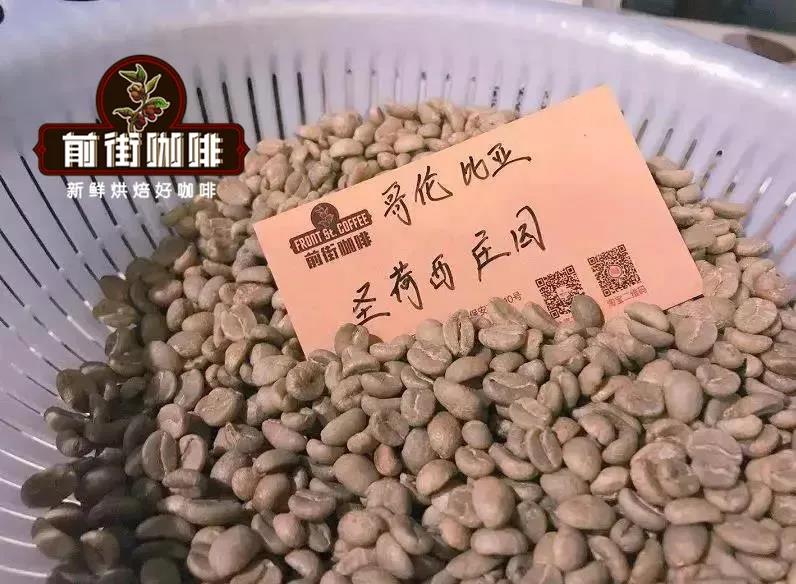
Genetic Association of Castillo varieties
DNA
Castillo is the result of five generations of cross breeding between Timo and Kaddura: Timo is the result of a natural cross between Arabica and Robusta, with tall plants and resistance to leaf rust. Kaddura is the result of natural mutation of bourbon species. The plant is short and the yield is higher than that of tin pickup and bourbon. It inherits the high quality flavor of bourbon, the distance between plants is small, and the plants per unit area are denser. Susceptible to leaf rust.
Qianjie Coffee Baking record
Furnace temperature 190℃ into the pot, firepower 140,140, throttle open 3; tempering point 1, temperature 140℃, the throttle will be opened to 4, the firepower will not change; when the furnace temperature is 151.8 ℃, the bean meter will turn yellow, the smell of grass will disappear completely, enter the dehydration stage, when the furnace temperature reaches 150℃, adjust the firepower to 120, the throttle will not change.

The smell of toasted bread has obviously changed to the smell of coffee, which can be defined as a prelude to an explosion. At this time, it is necessary to listen carefully to the sound of the explosion point. The sound of the explosion point begins to explode until the blast starts at 9pm 39th 07, and the throttle opens to 4. After the explosion, the development of 2cm bread 39th ℃ is put into the pot.
Coffee cup test report on Qianjie
Dry aroma: rum aroma
Wet fragrance: dark chocolate
Flavor: wine heart chocolate, rum, tropical fruit, maple syrup
Experience of brewing coffee in Qianjie
Filter cup: Hario V60
Powder / water ratio: 1:15
Water temperature: 91 degrees
Degree of grinding: BG#6m (79% pass rate of No. 20 screen)

Qianjie coffee staged extraction: first, use 30g water to fully wet the powder layer in the shape of "hamburger" and steam for 30s; in the second stage, water is injected into 125g at 1: 00 "timer, then stop and wait for the water level to drop to 2 / 3 of the powder layer into the third stage; in the third stage, the water is injected into 225g when the timer is 390 / 40", and the total extraction time for coffee liquid to be completely dropped is 1 cup 3959 ". Shake the coffee gently after the extraction, and then taste it after the coffee liquid is fully uniform.
Brewing flavor: it smells full of fermented wine and tastes like rum, nuts, tropical fruits, cream and oolong tea, with obvious sweetness and overall balance.
For more boutique coffee beans, please add private Qianjie coffee on Wechat. WeChat account: kaixinguoguo0925
Important Notice :
前街咖啡 FrontStreet Coffee has moved to new addredd:
FrontStreet Coffee Address: 315,Donghua East Road,GuangZhou
Tel:020 38364473
- Prev
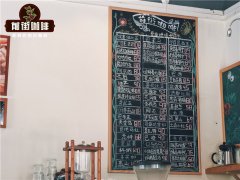
Coffee scented with roses & coffee with peach flavor Columbia Rose Valley Coffee beans are brewed
Professional coffee knowledge exchange more coffee bean information please follow the coffee workshop (Wechat official account cafe_style) Colombian coffee producing area information News 2020 although Colombia's coffee production and exports were affected by the novel coronavirus epidemic, the output is still between 14 million and 14.5 million bags, and the export volume is also between 12.5 million and 13 million bags, the chairman of FNC said.
- Next
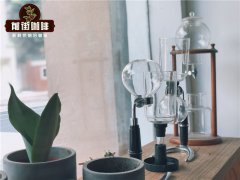
Colombian pink bourbon coffee production what's the difference between pink bourbon and bourbon?
Professional coffee knowledge exchange more coffee bean information please follow the coffee workshop (Wechat official account cafe_style) Colombian coffee production forecast for 2021 NEWS Columbia due to the suitable planting environment and the increase in yield per mu, Colombian coffee production is expected to maintain at 14.1 million bags in 2020. Coffee exports are expected to increase by 600000 bags to 12.4 million bags, mainly
Related
- Beginners will see the "Coffee pull flower" guide!
- What is the difference between ice blog purified milk and ordinary milk coffee?
- Why is the Philippines the largest producer of crops in Liberia?
- For coffee extraction, should the fine powder be retained?
- How does extracted espresso fill pressed powder? How much strength does it take to press the powder?
- How to make jasmine cold extract coffee? Is the jasmine + latte good?
- Will this little toy really make the coffee taste better? How does Lily Drip affect coffee extraction?
- Will the action of slapping the filter cup also affect coffee extraction?
- What's the difference between powder-to-water ratio and powder-to-liquid ratio?
- What is the Ethiopian local species? What does it have to do with Heirloom native species?

